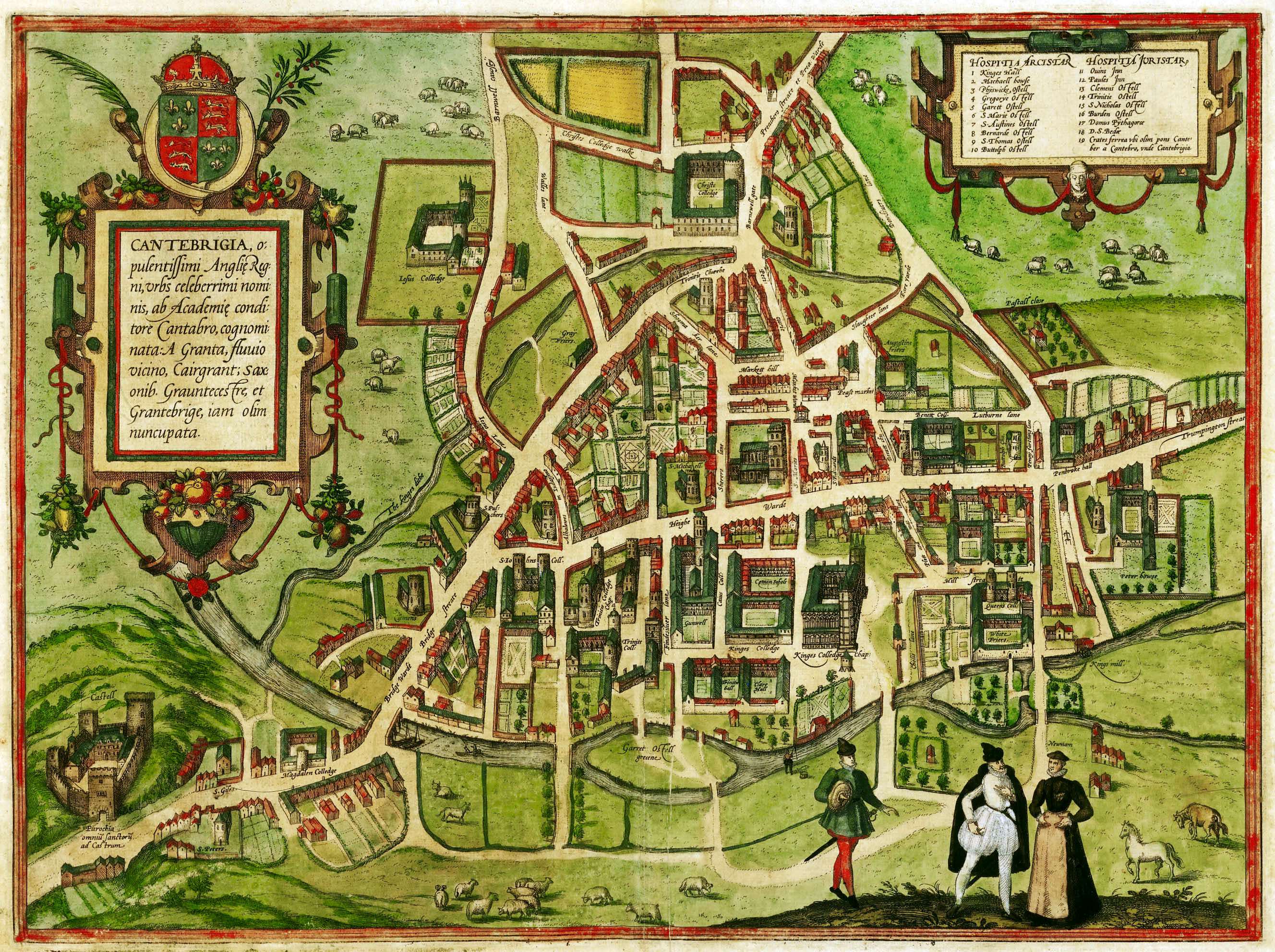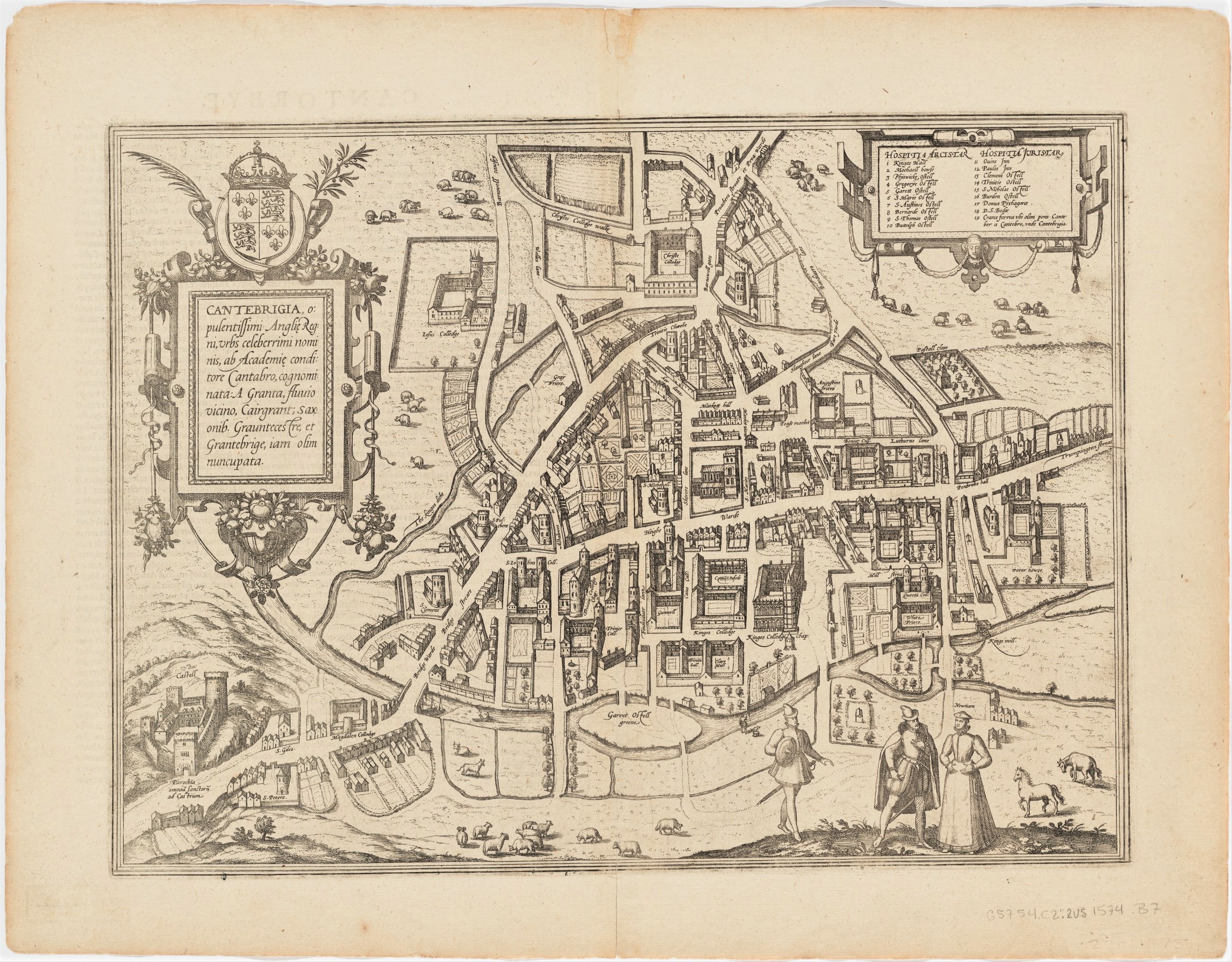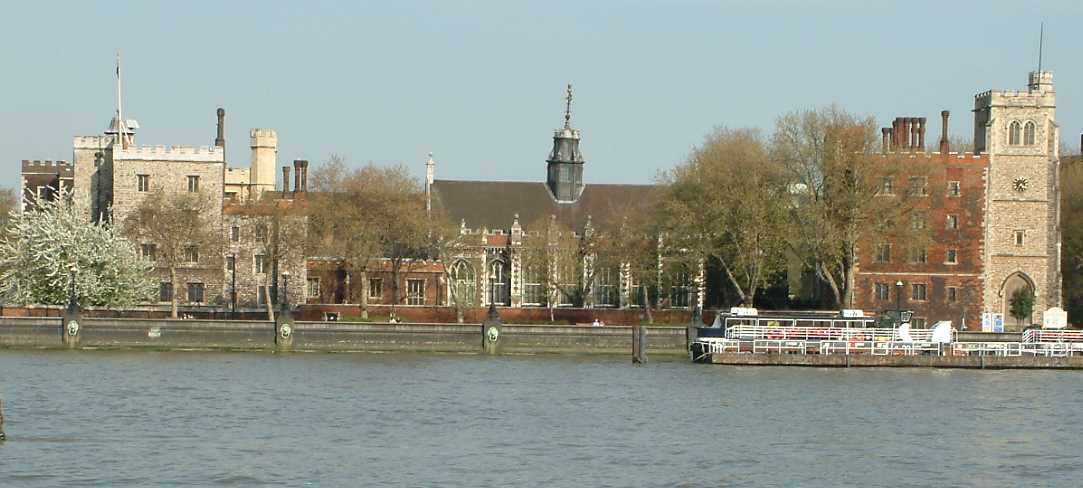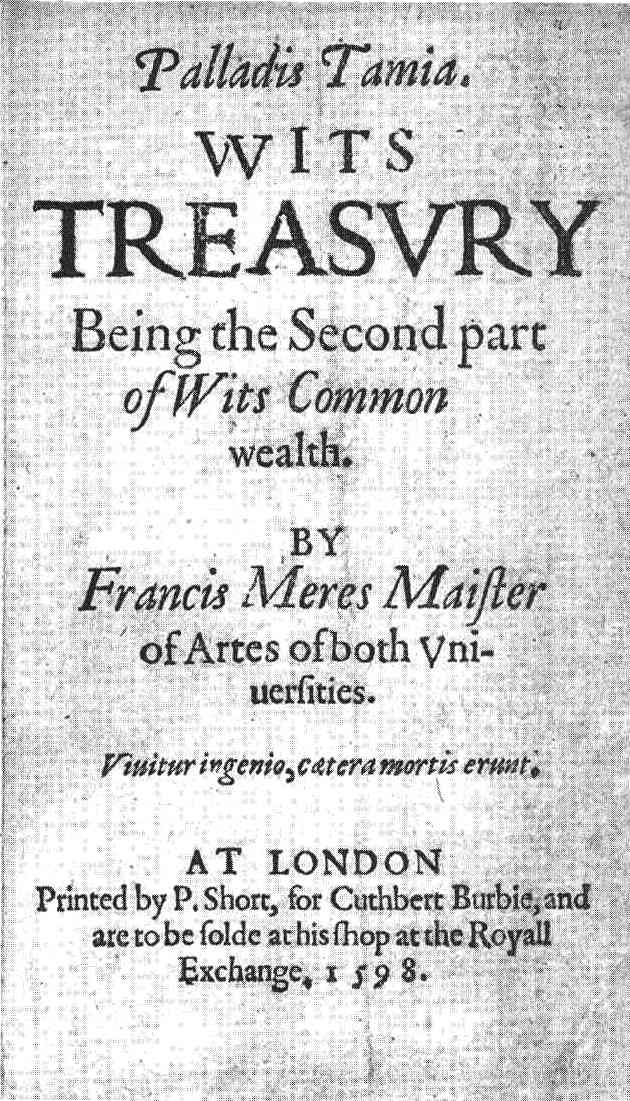|
Richard Lyne
Richard Lyne () was an English painter and engraver. Lyne was one of the earliest native artists in England whose works have been preserved. He was one of the engravers employed by Matthew Parker, Archbishop of Canterbury, and worked for him, in company with Remigius Hogenberg, at Cambridge and at Lambeth Palace. It is probable that the interesting portrait of Parker at Lambeth, of which a small engraving in copper was made by Hogenberg, was painted by Lyne. Lyne drew and engraved at Parker's expense a very interesting map of the University of Cambridge, for John Caius's ''History of the University'', published in 1574. He also engraved in the same year a large genealogical chart of the history of Great Britain (partly engraved by Hogenberg), which appeared in Alexander Neville's ''De Furoribus Norfolciensium Ketto Duce'' in 1575. Lyne is mentioned by Francis Meres Francis Meres (1565/1566 – 29 January 1647) was an English churchman and author. His 1598 commonplace book ... [...More Info...] [...Related Items...] OR: [Wikipedia] [Google] [Baidu] |
Cambridge 1575 Colour
Cambridge ( ) is a List of cities in the United Kingdom, city and non-metropolitan district in the county of Cambridgeshire, England. It is the county town of Cambridgeshire and is located on the River Cam, north of London. As of the 2021 United Kingdom census, the population of the City of Cambridge was 145,700; the population of the wider built-up area (which extends outside the city council area) was 181,137. (2021 census) There is archaeological evidence of settlement in the area as early as the Bronze Age, and Cambridge became an important trading centre during the Roman Britain, Roman and Viking eras. The first Town charter#Municipal charters, town charters were granted in the 12th century, although modern city status was not officially conferred until 1951. The city is well known as the home of the University of Cambridge, which was founded in 1209 and consistently ranks among the best universities in the world. The buildings of the university include King's College Chap ... [...More Info...] [...Related Items...] OR: [Wikipedia] [Google] [Baidu] |
Matthew Parker
Matthew Parker (6 August 1504 – 17 May 1575) was an English bishop. He was the Archbishop of Canterbury in the Church of England from 1559 to his death. He was also an influential theologian and arguably the co-founder (with Thomas Cranmer, a previous Archbishop of Canterbury, and the theologian Richard Hooker) of a distinctive tradition of Anglican theological thought. Parker was one of the primary architects of the Thirty-nine Articles, the defining statements of Anglican doctrine. The Parker collection of early English manuscripts, including the book of St Augustine Gospels and "Version A" of the ''Anglo-Saxon Chronicle'', was created as part of his efforts to demonstrate that the English Church was historically independent of Holy See, Rome and was one of the world's most important collections of ancient manuscripts. Along with the pioneering scholar Laurence Nowell, Lawrence Nowell, Parker's work concerning Old English literature laid the foundation for Anglo-Saxon stu ... [...More Info...] [...Related Items...] OR: [Wikipedia] [Google] [Baidu] |
Remigius Hogenberg
Remigius Hogenberg (c. 1536, Mechlin – c. 1588, London) was a Dutch engraver who arrived in England c. 1573. He most likely resided in the parish of St Giles Cripplegate, this parish and St Andrew's Holborn being the main locations for engravers. Parish records list Hogenberg as "Highill", an English approximation of his surname. The parish records also indicate Hogenberg had seven children, though his marriage is not recorded. Hogenberg is recorded as having been buried on 16 March 1588 (old style, 1589 new style). Hogenberg is known for his portrait engravings of the Archbishop of Canterbury The archbishop of Canterbury is the senior bishop and a principal leader of the Church of England, the Primus inter pares, ceremonial head of the worldwide Anglican Communion and the bishop of the diocese of Canterbury. The first archbishop ..., a genealogy of the English monarchs, and his Maps of the Counties of England. References {{DEFAULTSORT:Hogenberg, Remigius Dutch e ... [...More Info...] [...Related Items...] OR: [Wikipedia] [Google] [Baidu] |
Cambridge
Cambridge ( ) is a List of cities in the United Kingdom, city and non-metropolitan district in the county of Cambridgeshire, England. It is the county town of Cambridgeshire and is located on the River Cam, north of London. As of the 2021 United Kingdom census, the population of the City of Cambridge was 145,700; the population of the wider built-up area (which extends outside the city council area) was 181,137. (2021 census) There is archaeological evidence of settlement in the area as early as the Bronze Age, and Cambridge became an important trading centre during the Roman Britain, Roman and Viking eras. The first Town charter#Municipal charters, town charters were granted in the 12th century, although modern city status was not officially conferred until 1951. The city is well known as the home of the University of Cambridge, which was founded in 1209 and consistently ranks among the best universities in the world. The buildings of the university include King's College Chap ... [...More Info...] [...Related Items...] OR: [Wikipedia] [Google] [Baidu] |
Lambeth Palace
Lambeth Palace is the official London residence of the Archbishop of Canterbury. It is situated in north Lambeth, London, on the south bank of the River Thames, south-east of the Palace of Westminster, which houses Parliament of the United Kingdom, Parliament, on the opposite bank. Close to Westminster and the City of London, City, the estate was first acquired by the archdiocese for the archbishop (who also has a residence at Old Palace, Canterbury) around 1200. History While the original residence of the archbishop of Canterbury was in his episcopal see, Canterbury, Canterbury, Kent, a site originally called the Manor of Lambeth or Lambeth House was acquired by the diocese around Anno Domini, AD 1200 (though Archbishop Anselm of Canterbury, Anselm had a house there a century earlier) and has since served as the archbishop's London residence. The site was chosen for its convenient proximity to the royal palace and government seat of Westminster, just across the Thames. The si ... [...More Info...] [...Related Items...] OR: [Wikipedia] [Google] [Baidu] |
University Of Cambridge
The University of Cambridge is a Public university, public collegiate university, collegiate research university in Cambridge, England. Founded in 1209, the University of Cambridge is the List of oldest universities in continuous operation, world's third-oldest university in continuous operation. The university's founding followed the arrival of scholars who left the University of Oxford for Cambridge after a dispute with local townspeople. The two ancient university, ancient English universities, although sometimes described as rivals, share many common features and are often jointly referred to as Oxbridge. In 1231, 22 years after its founding, the university was recognised with a royal charter, granted by Henry III of England, King Henry III. The University of Cambridge includes colleges of the University of Cambridge, 31 semi-autonomous constituent colleges and List of institutions of the University of Cambridge#Schools, Faculties, and Departments, over 150 academic departm ... [...More Info...] [...Related Items...] OR: [Wikipedia] [Google] [Baidu] |
John Caius
John Caius (born John Kays ; 6 October 1510 – 29 July 1573), also known as Johannes Caius and Ioannes Caius, was an English physician, and second founder of Gonville and Caius College, Cambridge. Scholar and physician to Edward VI and Mary I of England. Biography Early years Caius was born in Norwich and was educated at Norwich School. In 1529, he was admitted as a student at Gonville Hall, Cambridge, founded by Edmund Gonville in 1348, where he seems to have mainly studied divinity (academic discipline), divinity. After graduating in 1533, he visited Italy, where he studied under Johannes Baptista Montanus, Montanus and Vesalius at Padua. In 1541 he took his degree as a physician at the University of Padua. In 1543 he visited several parts of Italy, Germany and France and then returned to England. Upon his return from Italy he Latinised his surname which was somewhat fashionable at the time. Career Caius was a physician in London in 1547, and was admitted as a fellow of ... [...More Info...] [...Related Items...] OR: [Wikipedia] [Google] [Baidu] |
Alexander Neville (scholar)
Alexander Neville (1544–1614) was an English scholar, known as a historian and translator and a Member of the House of Commons. Life Alexander Neville was the brother of Thomas Nevile, Dean of Canterbury, and son of Richard Neville of South Leverton, Nottinghamshire, by Anne Mantell, daughter of Sir Walter Mantell (d.1529) of Nether Heyford, Northamptonshire. His mother's sister, Margaret Mantell, was the mother of the poet Barnabe Googe. Alexander was educated at St John's College, Cambridge, and graduated M.A. in 1581, at the same time as Robert Devereux, 2nd Earl of Essex. On leaving the university he seems to have studied law in London, where he became acquainted with George Gascoigne. He is one of the five friends whom Gascoigne describes as challenging him to write poems on Latin mottoes proposed by themselves. Neville soon entered the service of Archbishop Matthew Parker apparently as a secretary, and edited for him ''Tabula Heptarchiae Saxonicae''. He attended Pa ... [...More Info...] [...Related Items...] OR: [Wikipedia] [Google] [Baidu] |
Francis Meres
Francis Meres (1565/1566 – 29 January 1647) was an English churchman and author. His 1598 commonplace book includes the first critical account of poems and plays by Shakespeare. Career Francis Meres was born in 1565 at Kirton Meres in the parish of Kirton, Lincolnshire. He was educated at Pembroke College, Cambridge, where he received a BA in 1587 and an MA in 1591. Two years later he was incorporated an MA of Oxford. His relative, John Meres, was high sheriff of Lincolnshire in 1596, and apparently helped him in the early part of his career. In 1602 he became rector of Wing, Rutland, where he also ran a school. Both his son Francis and his grandson Edward received their BA and MA from Cambridge and became rectors. Meres is especially known for his '' Palladis Tamia, Wits Treasury'' (1598), a commonplace book that is important as a source on the Elizabethan poets, and more particularly as the first critical account of the poems and early plays of William Shakespeare. Its list ... [...More Info...] [...Related Items...] OR: [Wikipedia] [Google] [Baidu] |
Palladis Tamia
''Palladis Tamia: Wits Treasury; Being the Second Part of Wits Commonwealth'' is a 1598 commonplace book written by the minister Francis Meres. It is important in English literary history as the first critical account of the poems and early plays of William Shakespeare. It was listed in the Stationers Register 7 September 1598. ''Palladis Tamia'' contains moral and critical reflections borrowed from various sources, and included sections on books, on philosophy, on music and painting, as well as the famous "Comparative Discourse of our English poets with the Greeke, Latin, and Italian poets" that enumerates the English poets from Geoffrey Chaucer to Meres' own day, and compares each with a classical author. While Meres is considerably indebted to George Puttenham's earlier ''The Arte of English Poesie'' (1589), the section extends the catalogue of poets and contains many first notices of Meres's contemporaries. The title refers to Greek Πᾰλλᾰ́δος (''Pallados'', "o ... [...More Info...] [...Related Items...] OR: [Wikipedia] [Google] [Baidu] |




